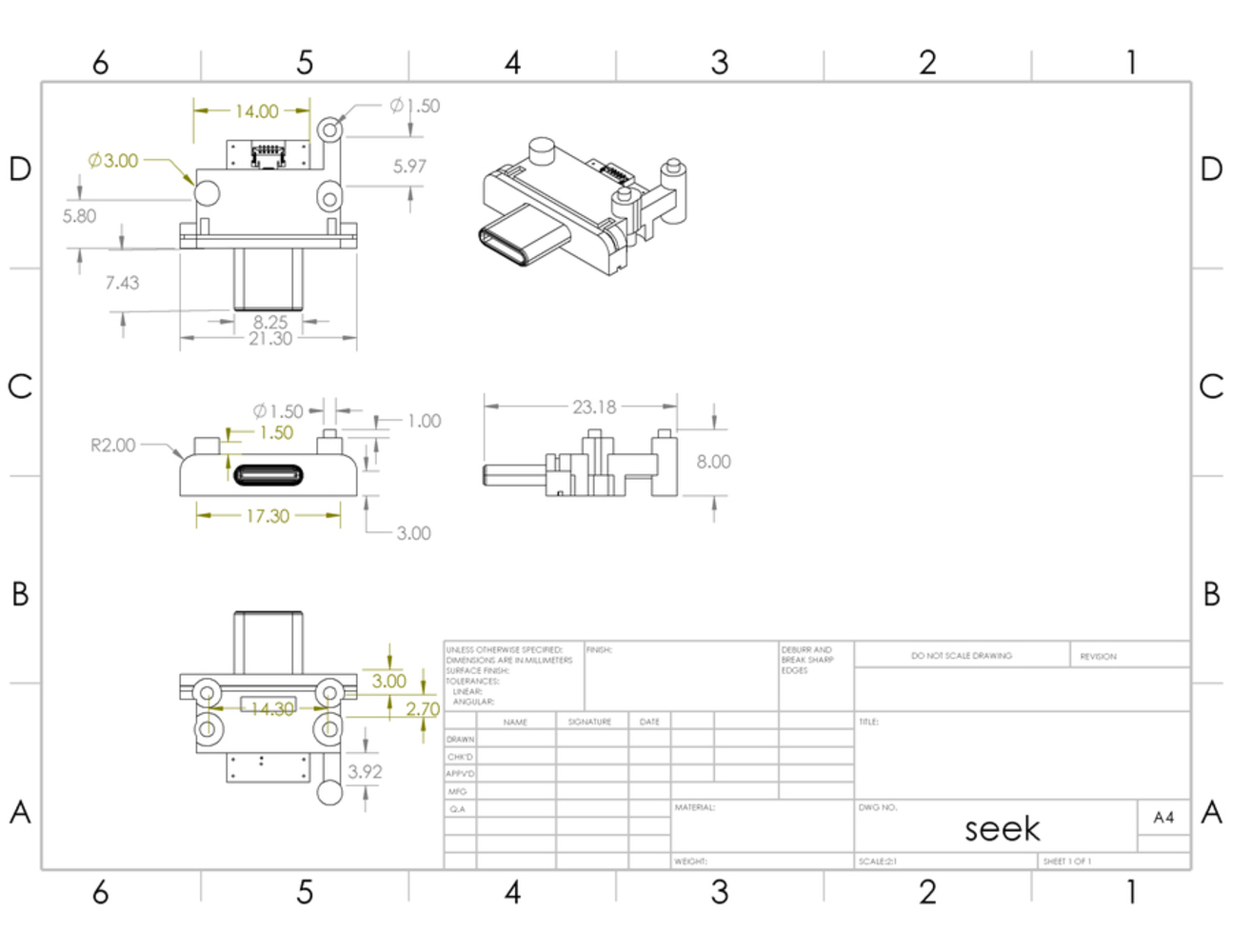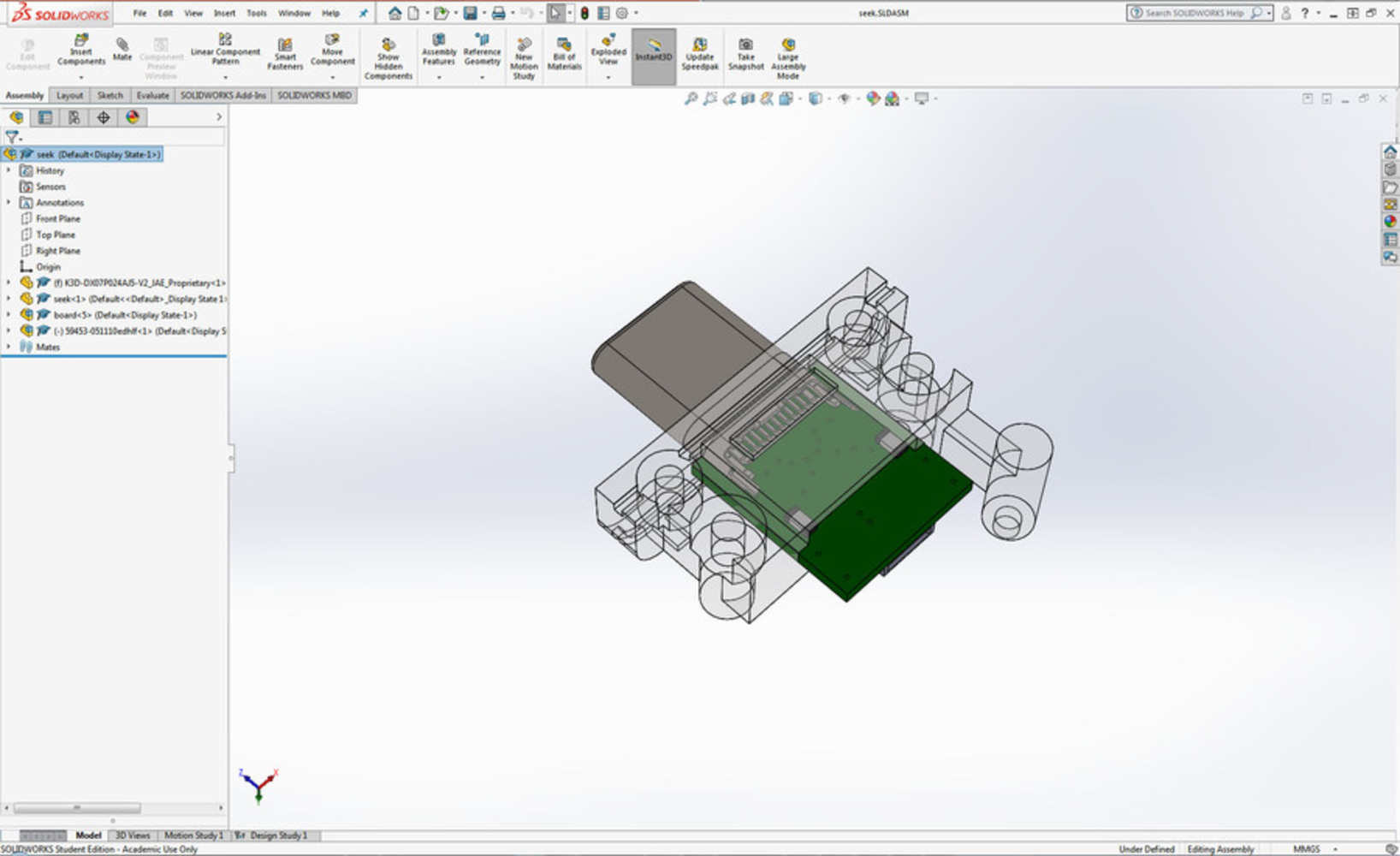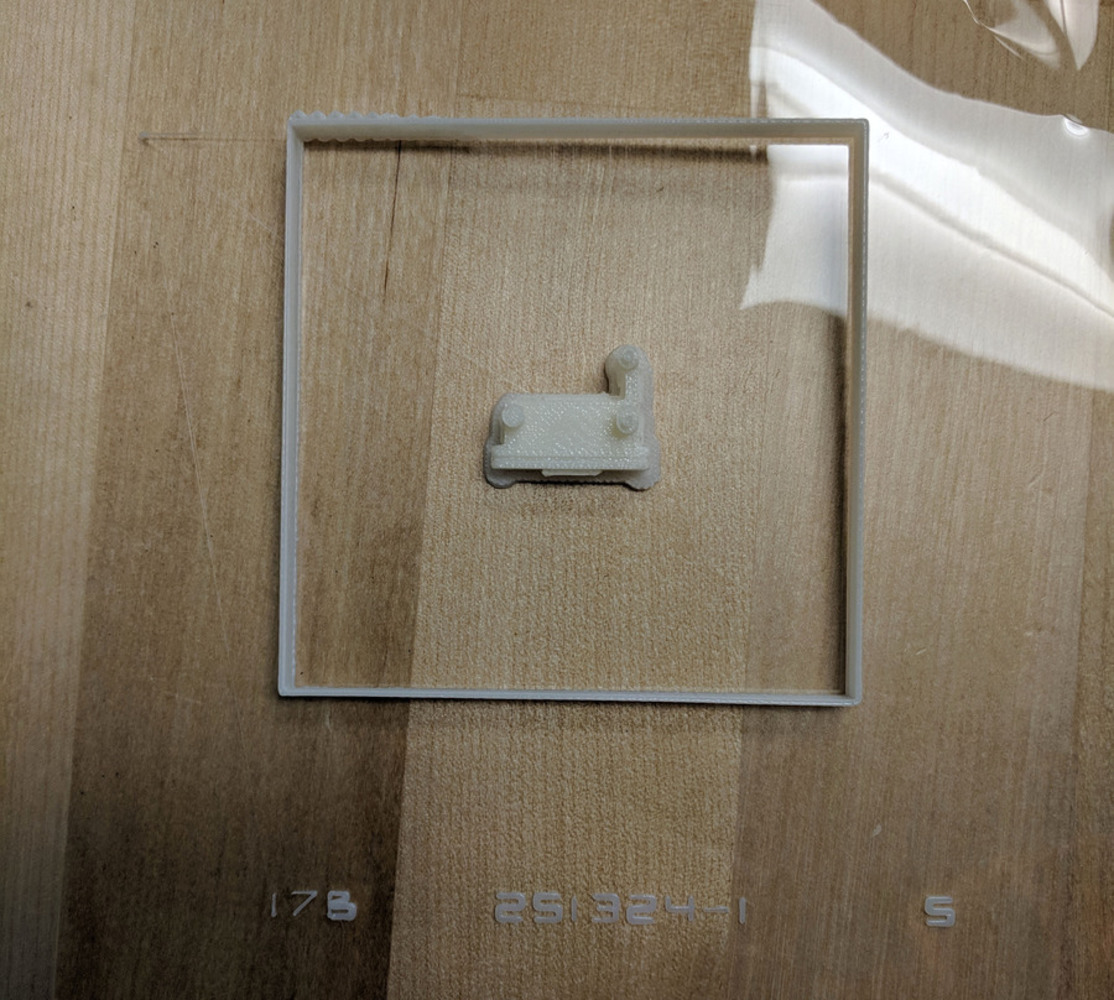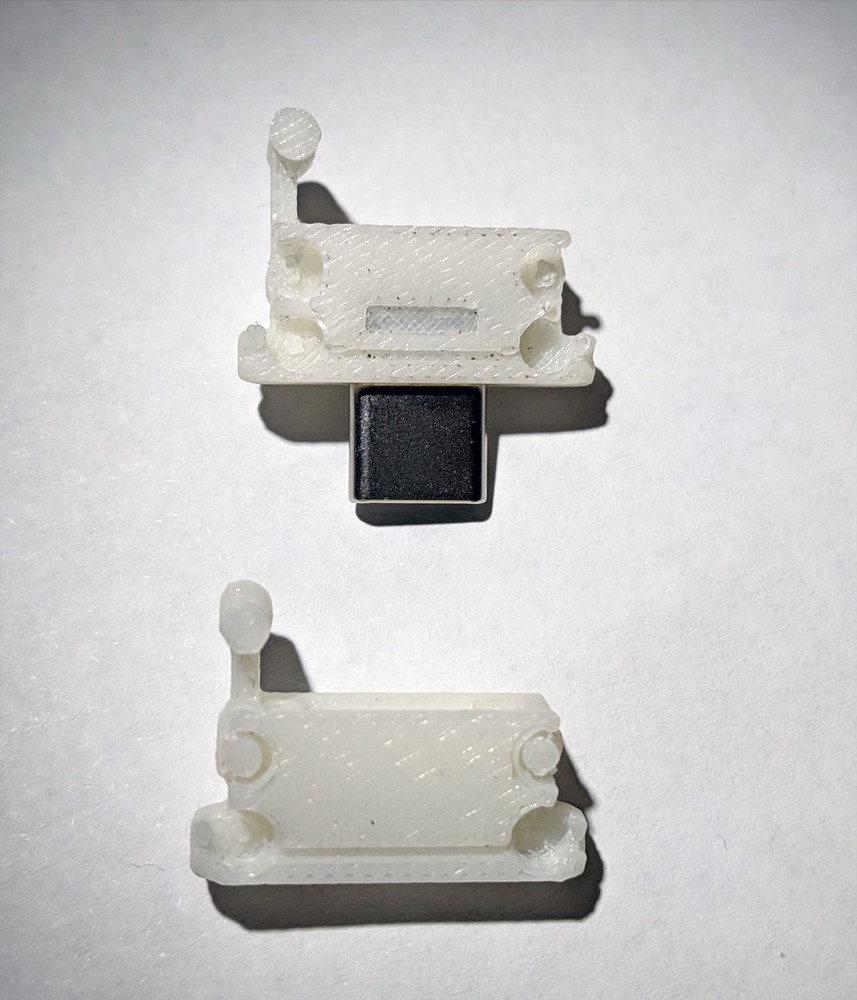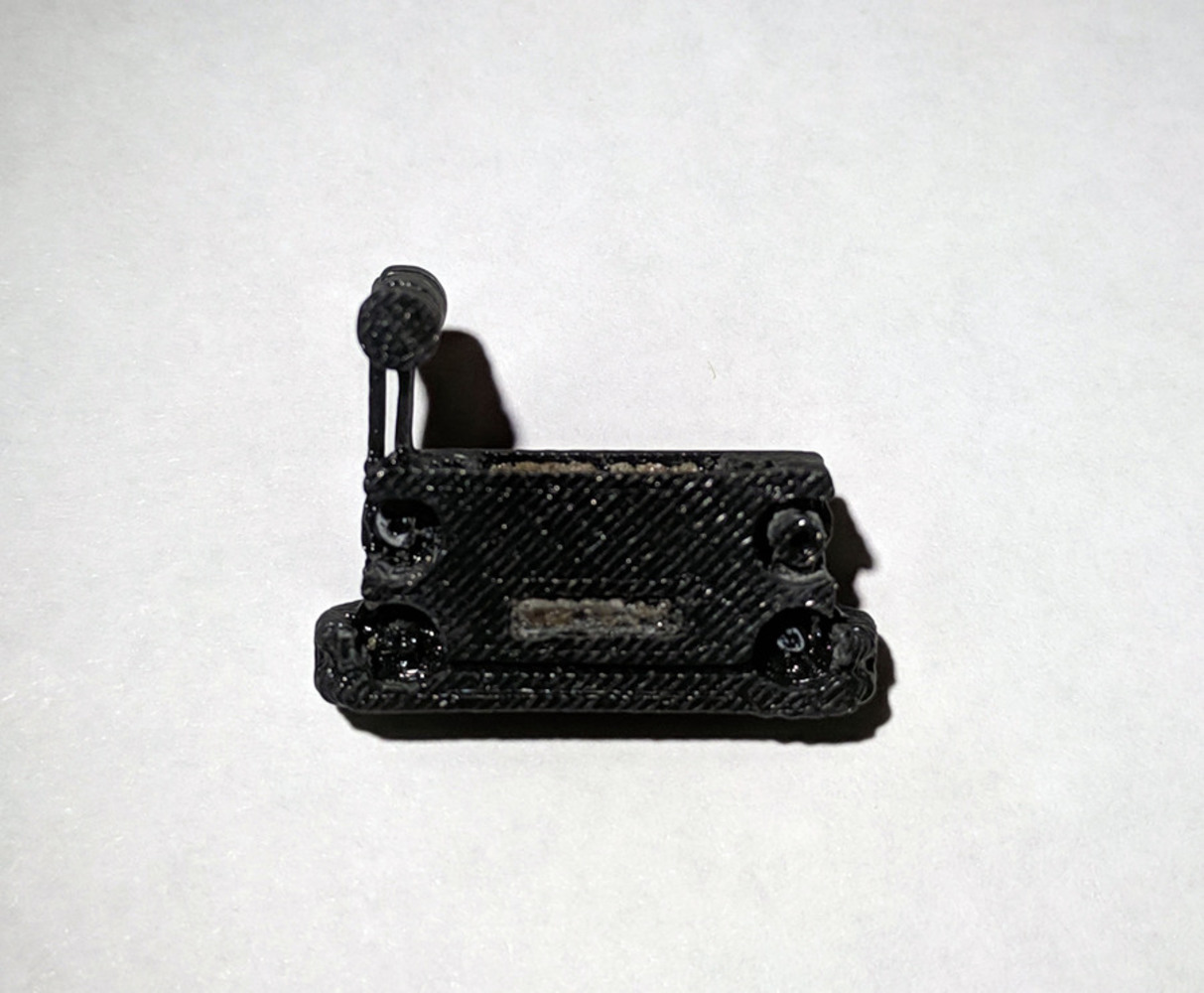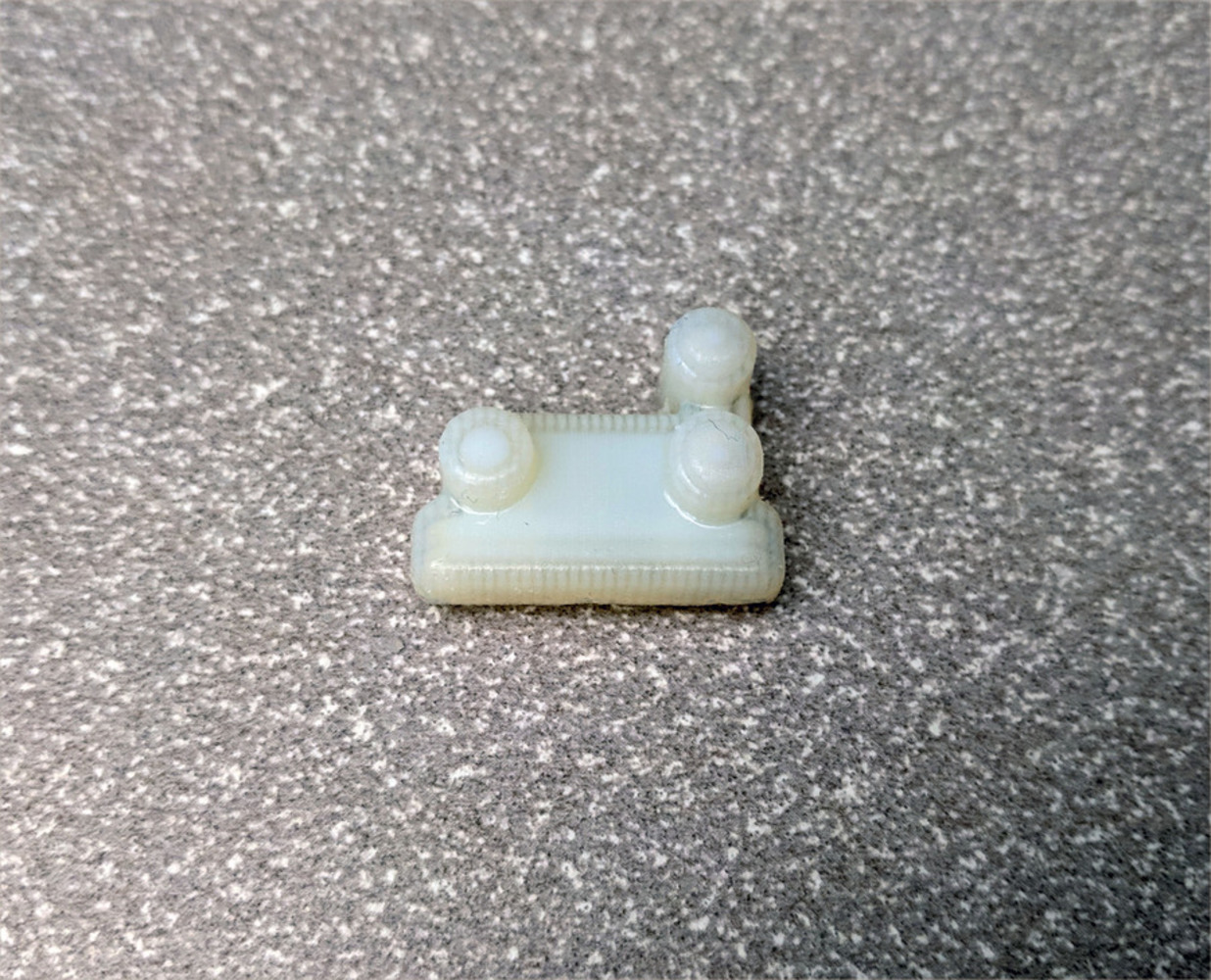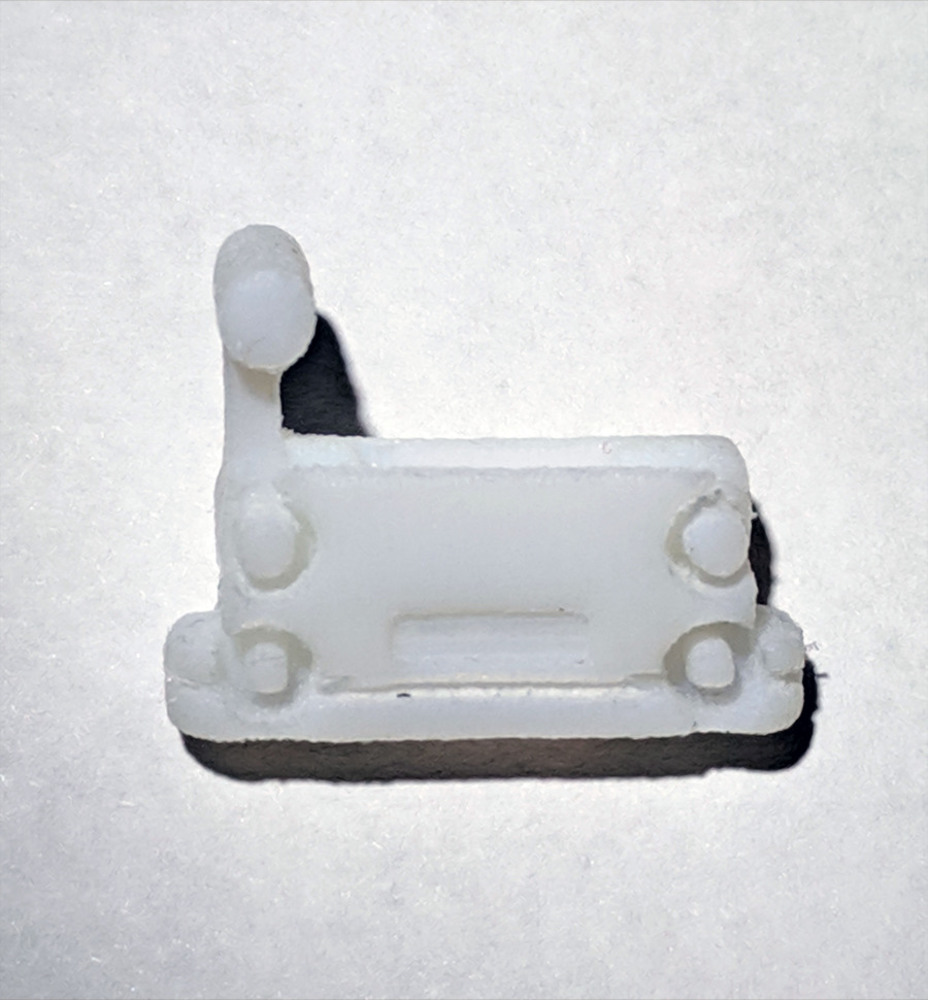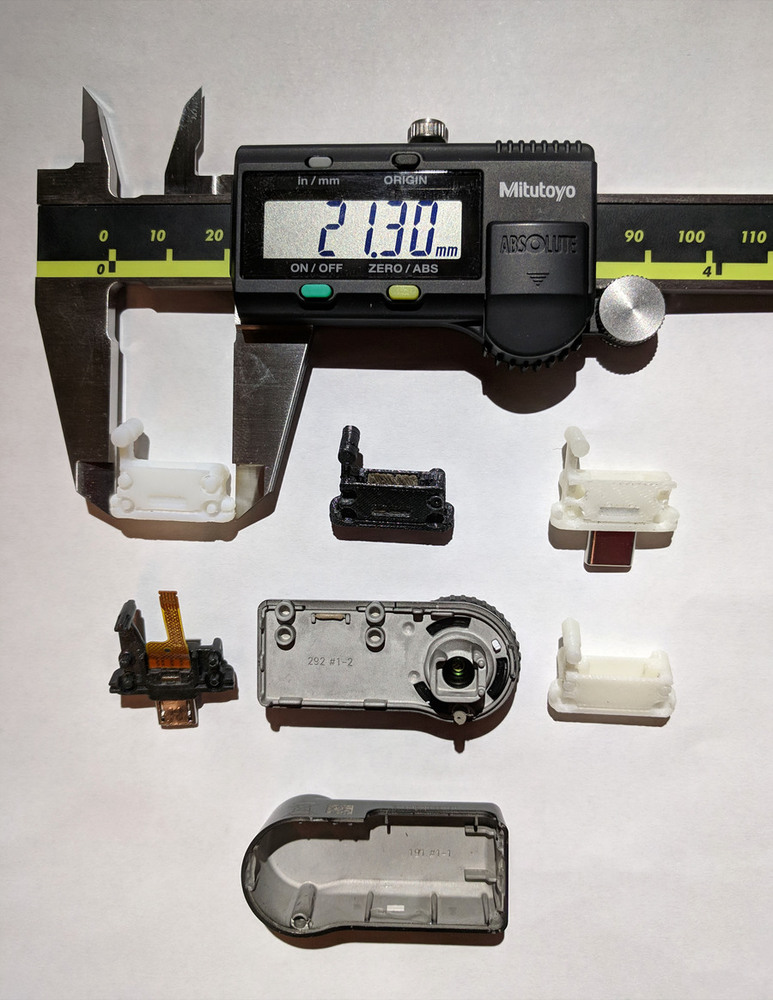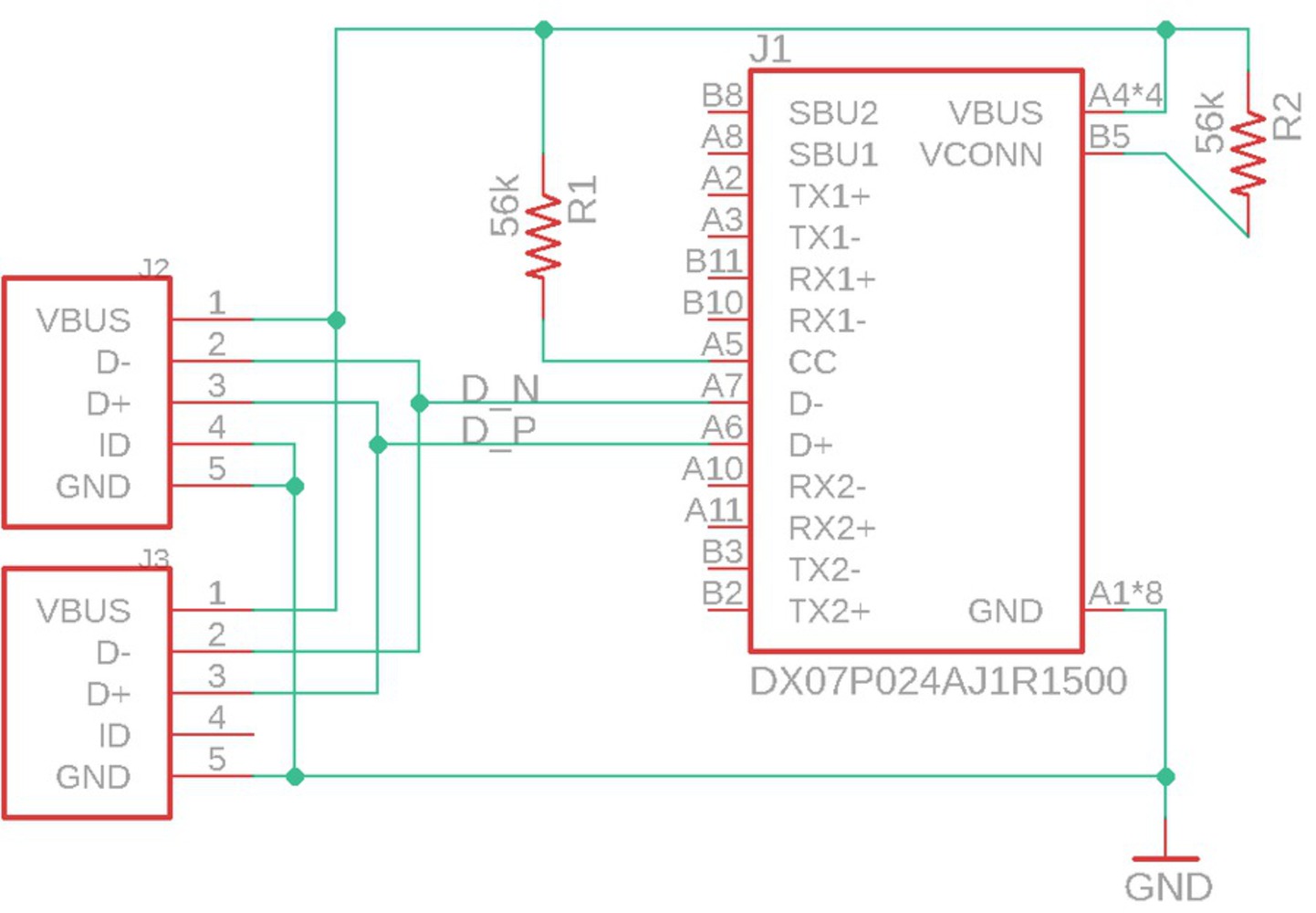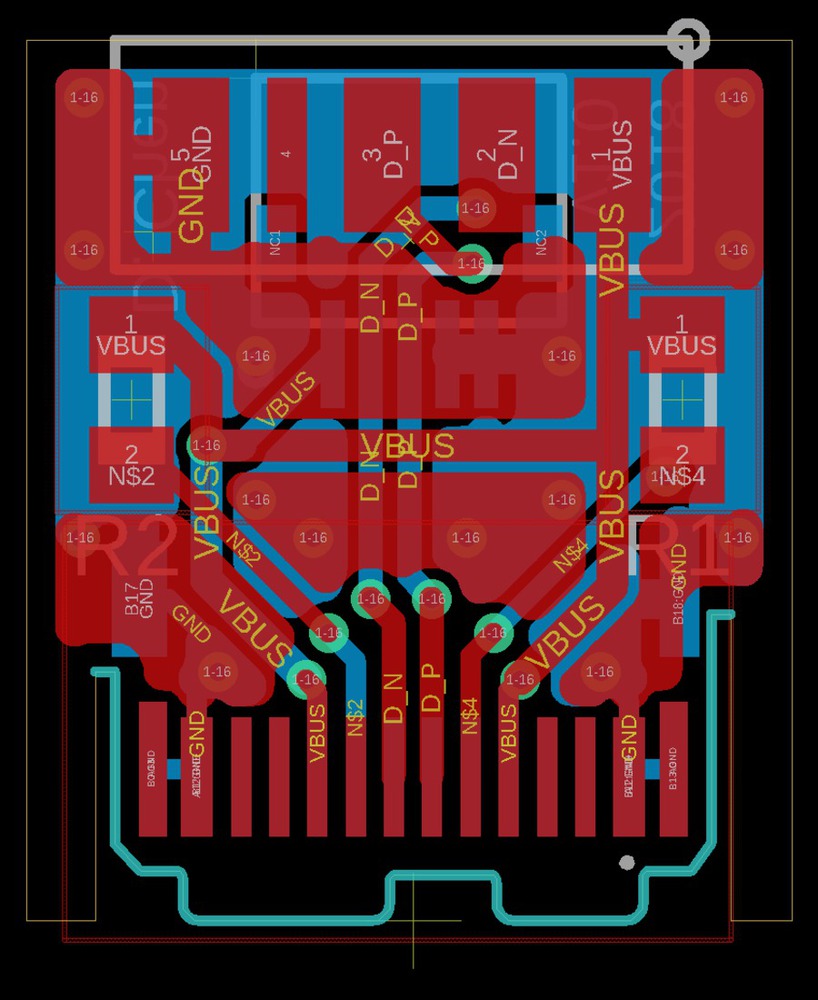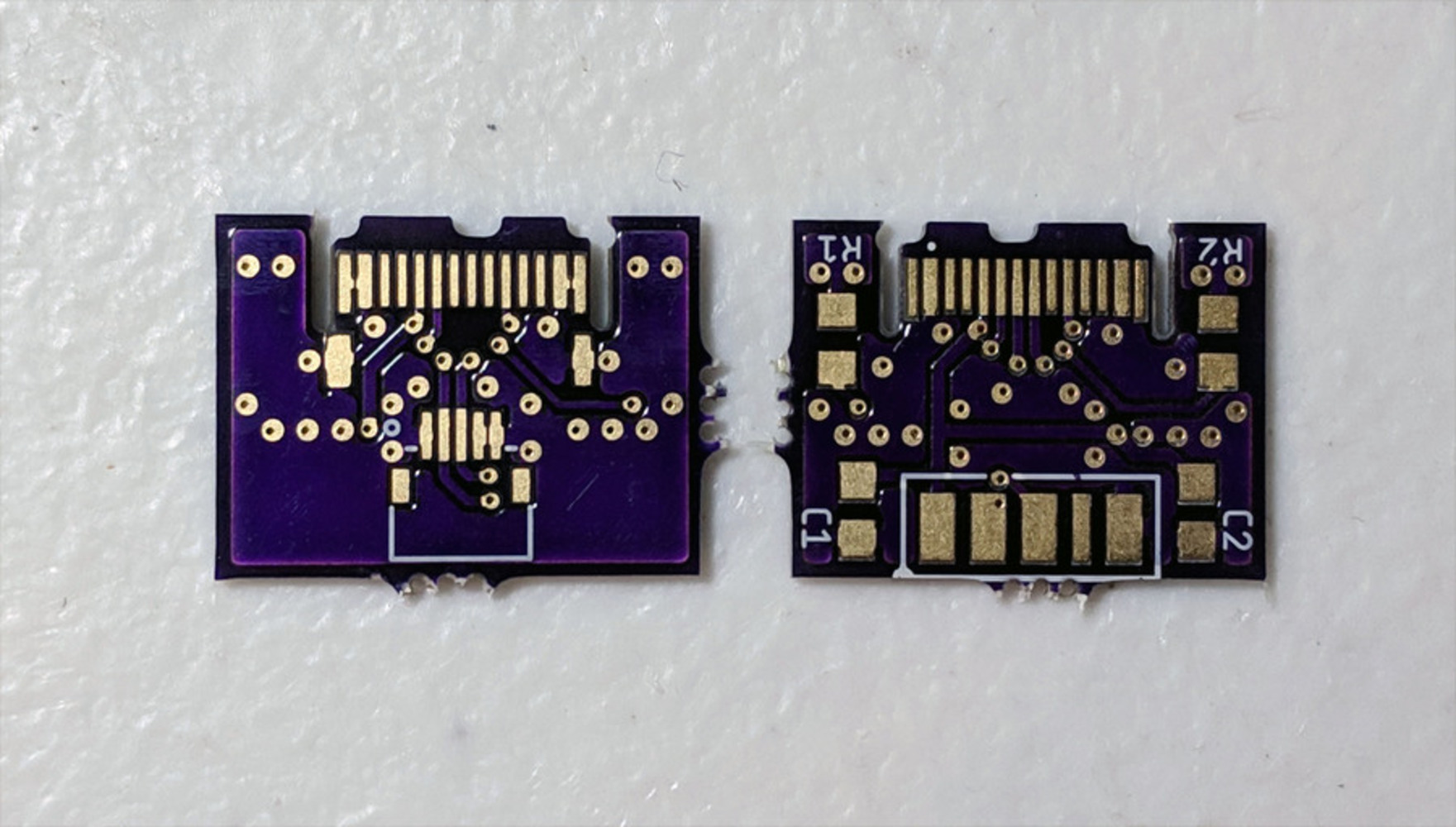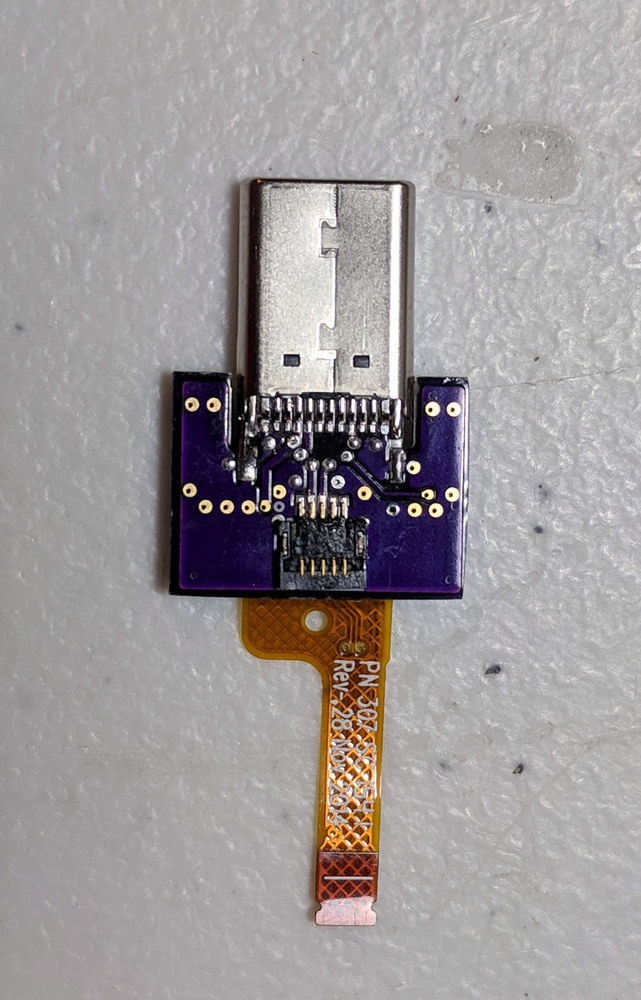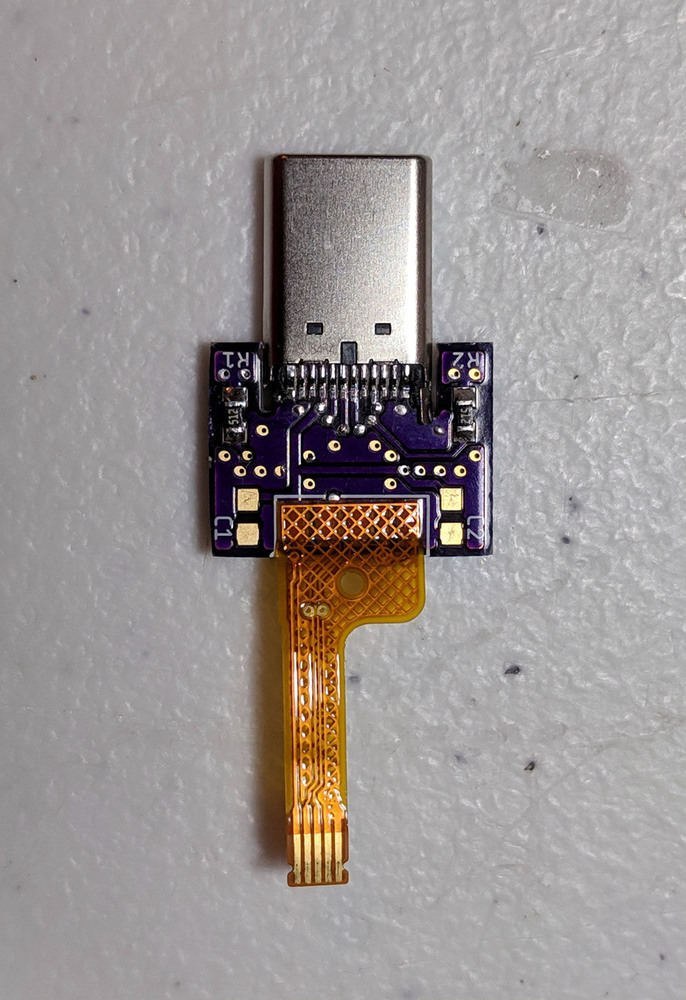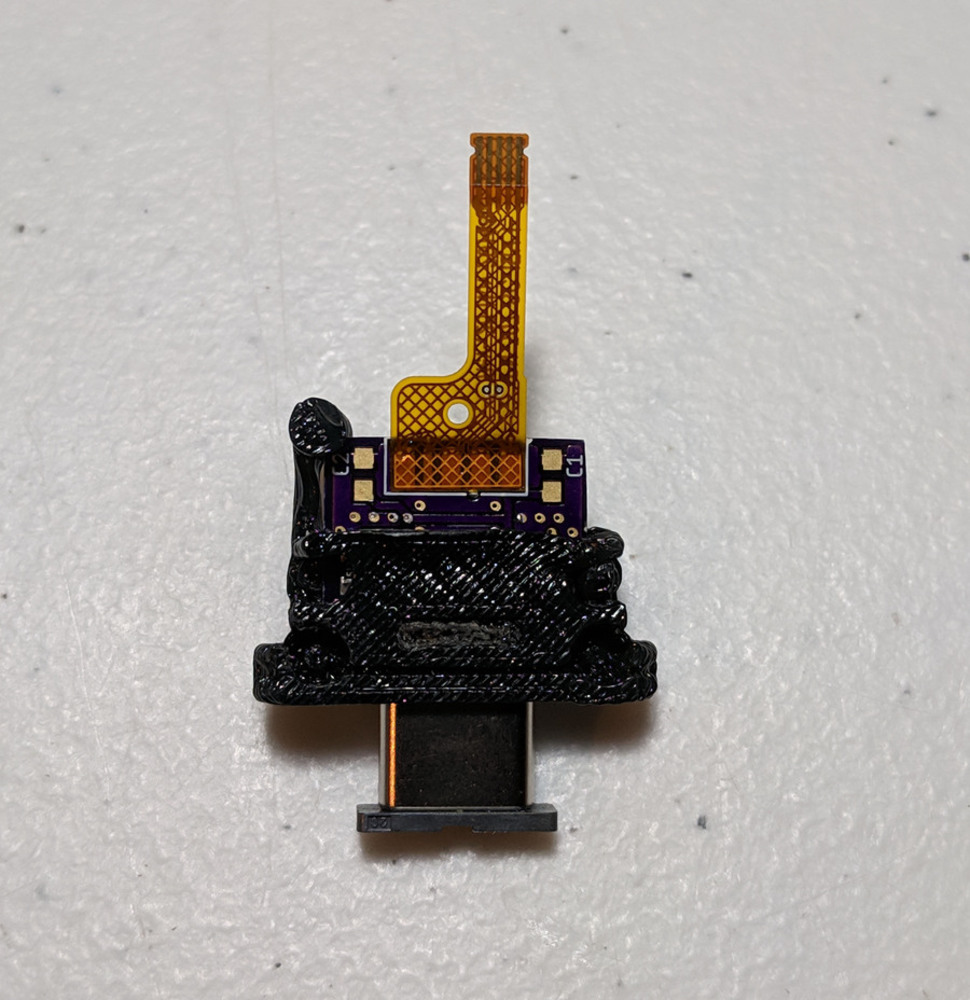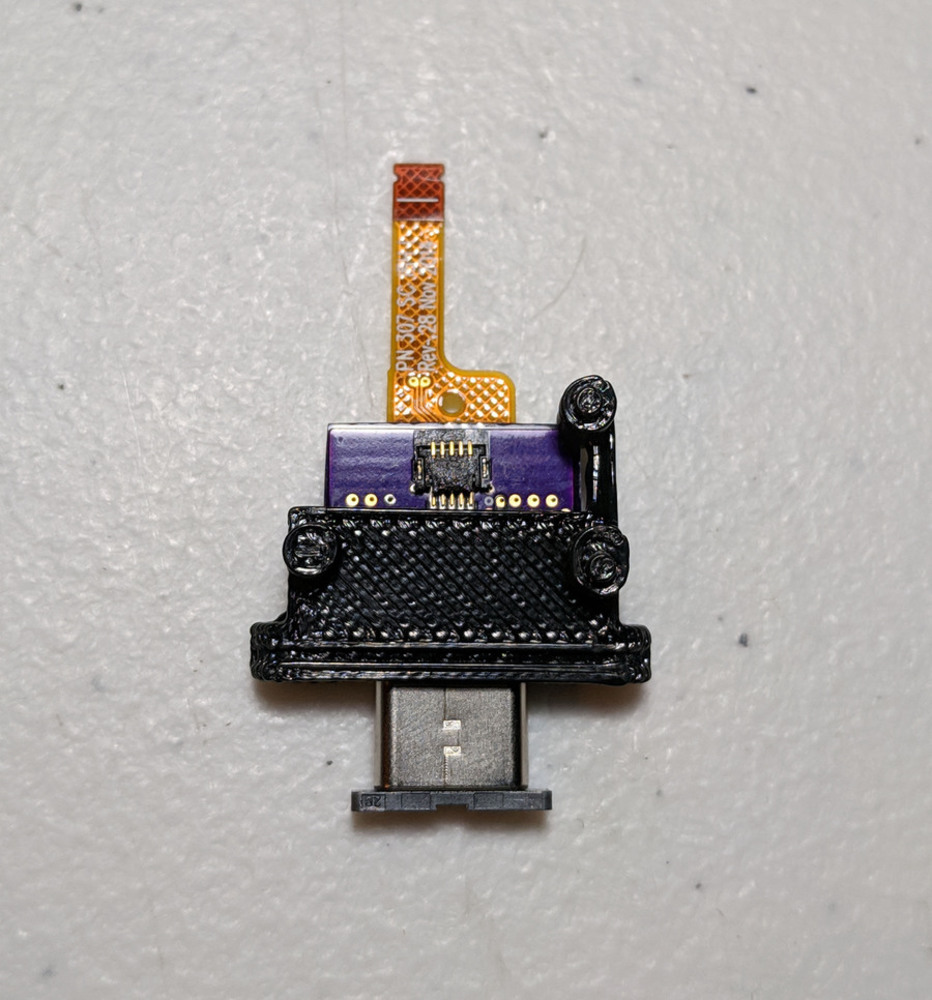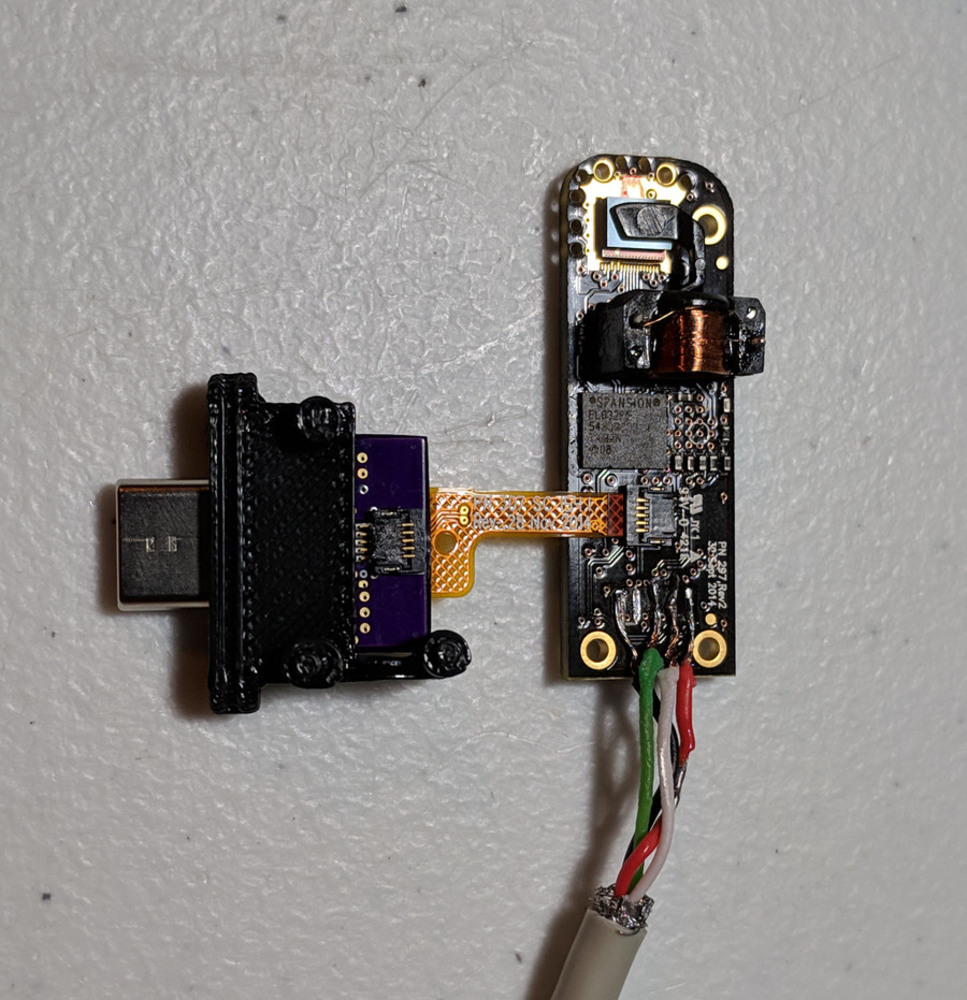Research & Context
Although the ultimate functionality of the assembly is the same, usage of a USB type-C connector for compatibility with newer smartphones is new. In fact, Seek themselves do not produce a smartphone thermal camera with a type-C connector.
Aesthetic Inspiration
The design of the replacement assembly is very minimalist, focusing on functionality while matching the original dimensions. Nevertheless, a symmetrical design with beveled edges produces an appealing aesthetic.
Project Sketch
Developing the project sketch involved measuring the dimensions of the original connector assembly, and that of the shell pieces that encase the connector assembly. This process involved multiple iterations with a caliper, as offsets or mistakes of as little as 0.5mm would result in incompatibility.
